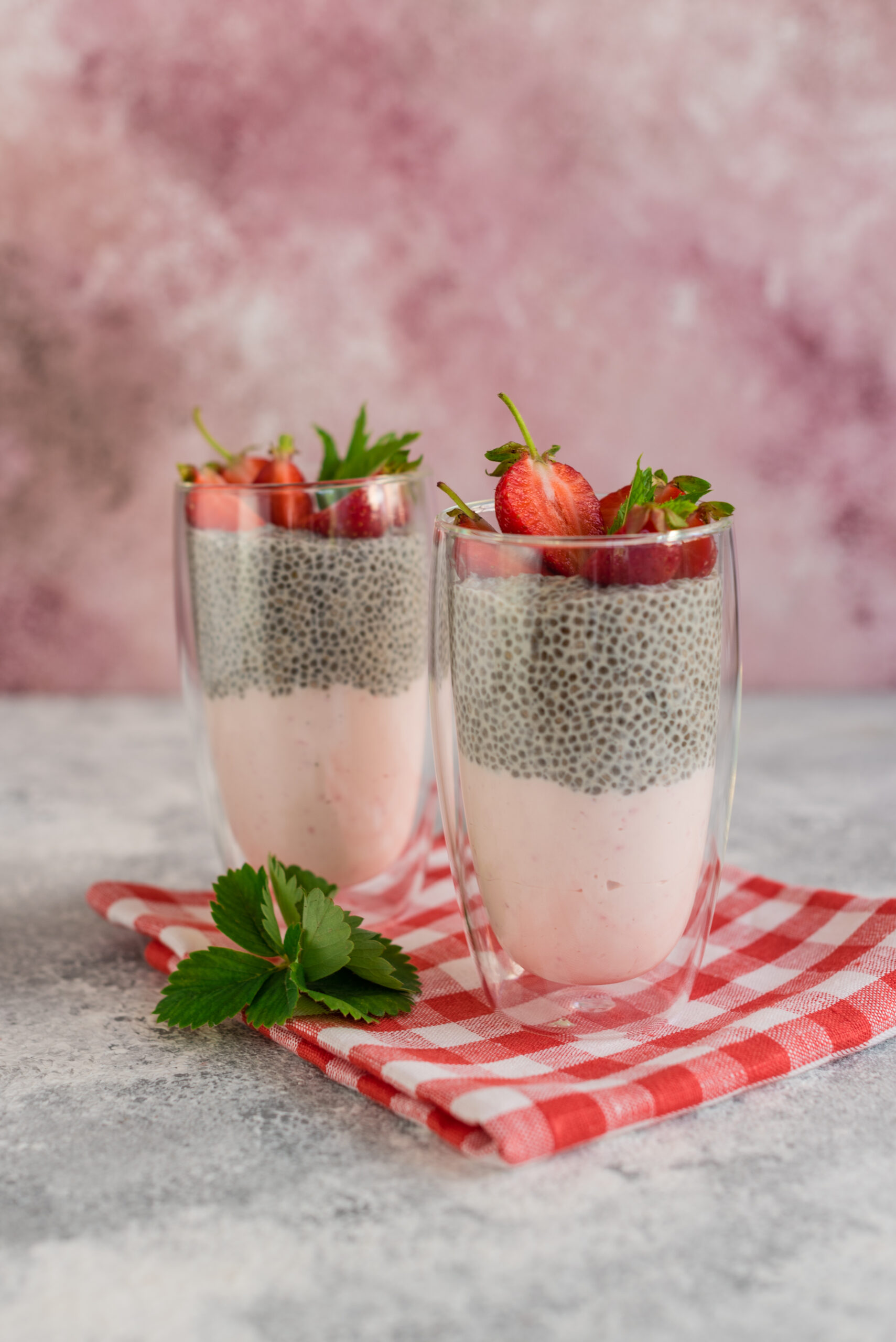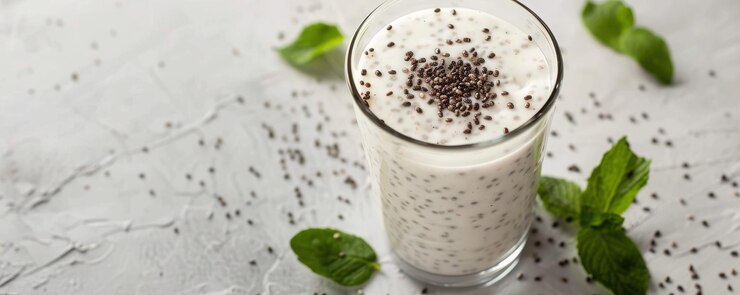Basil Seeds, the Natural Source of Fiber

Basil (Ocimum basilicum) is a plant whose fragrant leaves are used in cooking. It belongs to the Lamiaceae family, which includes many other aromatic plants: mint, rosemary, sage, thyme… The Ocimum genus includes different varieties of basil such as common basil, large green basil, or Tulsi or holy basil (Ocimum tenuiflorum).
BENEFITS OF BASIL SEEDS
✓ Source of fiber
✓ Source of fatty acids
✓ Have an antioxidant effect
✓ Reduce fever
✓ Would alleviate inflammatory bowel diseases
What are basil seeds?
Also called “royal herb,” basil is native to South Asia. It is a perennial plant that can reach 60 cm in height. It produces many waffled leaves in different shades of green. From June to September, basil offers a lovely bloom of pale pink and purplish flowers. After wilting, it produces seeds to multiply. Basil seeds are fine, black, and elongated.
Basil is native to Asia but now grows in the Mediterranean
Gradually, basil cultivation spread throughout Asia and the countries around the Mediterranean. Traces of its use are found during ancient Egypt and Greece, where it was part of traditional pharmacopeia.
According to this review, basil was notably indicated to relieve diarrhea, headaches, digestive disorders, and lung conditions. In these cases, it was the leaves or flowering tops of basil that were used.
Basil seeds are an excellent source of fiber, known to improve transit. They are also rich in proteins, minerals, trace elements, fatty acids, and antioxidant actives. This exceptional composition allows them to have beneficial effects on the body. They may help reduce fever and hold promise for alleviating inflammatory bowel diseases.
Still relatively unknown, basil seeds deserve their place among superfoods, alongside chia seeds
Nutritional Composition
- Vitamins: Vitamin A, beta-carotene, C, K
- Minerals and trace elements: potassium, magnesium, calcium, iron
- Fiber
- Proteins
- Carbohydrates
- Fatty acids: alpha-linolenic acid, linoleic acid
- Essential oils
- Antioxidant actives: polyphenols, polysaccharides, flavonoids
The Benefits of Basil Seeds
♻️ Source of Fiber
Basil seeds contain a significant amount of dietary fibers, particularly soluble fibers. Thus, 1 tablespoon of basil seeds provides 6 g of fiber, helping to partially meet the recommended daily needs (25 to 30 g of fiber per day).
Fibers play an important role in transit and intestinal health. They promote the elimination of toxins, improve digestion, and nourish the microbiota. Fibers also create a feeling of fullness, an interesting action when looking to avoid snacking, stay in shape, or lose weight.
The fibers in basil seeds also have a beneficial effect on blood sugar control in case of type II diabetes. Indeed, by slowing down the absorption of carbohydrates, they regulate blood sugar levels and prevent blood sugar spikes.
Finally, basil seeds help reduce bad cholesterol (or “LDL cholesterol”). Their soluble fibers act like a sponge, absorbing the bad cholesterol transported in the blood and eliminating it.
This study from the University of Sharjah (India), conducted on diabetic rats, shows how the aqueous extract of basil seeds reduced blood glucose levels.
🐟 Source of Fatty Acids
Basil seeds are packed with fatty acids. They mainly contain alpha-linolenic acid (ALA), a polyunsaturated fatty acid from the omega-3 family. Also present in chia seeds, it is a precursor of other omega-3s like eicosapentaenoic acid (EPA) and docosahexaenoic acid (DHA).
Alpha-linolenic acid plays an important role in many physiological functions. It is particularly involved in good cardiovascular health and the functioning of the central nervous system.
Basil seeds also contain linoleic acid, a polyunsaturated fatty acid of the omega-6 type. This acid contributes to the structure of cell membranes, plays a role in the inflammatory response, and the functioning of the immune system.
This study from Azad Islamic University (Iran), conducted on basil seeds, shows the differences in fatty acid composition and quantity according to their geographical origins.



